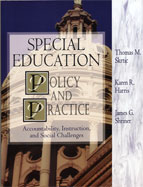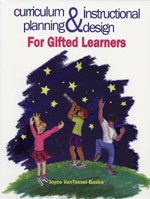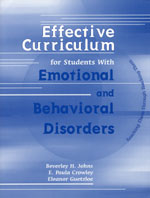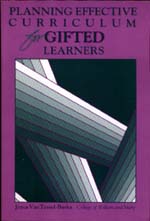Thomas M. Skrtic, University of Kansas
Karen R. Harris, University of Maryland
James G. Shriner, University of Illinois
This is an excellent book that addresses the policy shift in special education from procedural compliance to standards-based accountability and the changing conditions of practice under reform. It covers the major problems of implementing reform and presents several practices and models to improve the conditions of special education practice.
The authors support a collaborative environment for service delivery and inclusive work atmospheres with research-based instructional practices. The book gives prevention and intervention strategies including specific reading, writing, and mathematics instructional techniques. Other topics include transition, self-determination, school violence, health needs, and literacy instruction for Latino students.
The focus in the last part of the book is oriented to human needs and opportunities that will shape special education practice in the future including individual and environmental conditions. These include welfare of children working across social contexts and providing a planning framework for achieving integrated services.
Special Features
- Clear explanation of policy shifts from procedural compliance with federal and state law to academic performance of students with disabilities
- Recommends strategies for improving academic learning for students with disabilities
- Considers human needs and environmental conditions that contribute to educational achievement of children
- Provides an action-oriented planning framework for achieving integrated services
Contents
1. The Context of Special Education Practice Today
Part One: Standards-Based Reform and the Conditions of Practice
2. The IDEA Amendments of 1997 and the Conditions of Practice
3. Standards-Based Reform and Students with Disabilities
4. To Ensure the Learning of Every Child with a Disability
5. Special Education Teacher Supply and Teacher Quality
6. Access of Adolescents with Disabilities to General Education Curriculum
7. Supporting Beginning Special Education Teachers
8. Collaboration to Support Students’ Success
9. Students with Disabilities and Paraprofessional Supports
Part Two: Prevention and Intervention Strategies
10. Crossing Boundaries:What Constructivists Can Teach Intensive-Explicit Instructors and Vice Versa
11. Balanced Literacy Instruction
12. Self-Regulated Strategy Development in the Classroom: A Balanced Approach to Writing Instruction for Students with Disabilities
13. Balanced Perspectives on Mathematics Instruction
14. Searching for the Best Model for Instructing Students with Learning Disabilities
15. Fostering the Literacy Development of Latino Students
16. Post-Secondary Education and Transition Services for Students Ages 8–21 with Significant Disabilities
17. Self-Determination and Quality of Life
18. Supporting Students with Health Needs in Schools
19. School Violence and Disruption
Part Three: Risk, School, and Society
20. Risk, Families, and Schools
21. Integrating Services, Collaborating, and Developing Connections with Schools
592 pages
2004
Paperback/ISBN 0-89108-310-3
$72.00
|






